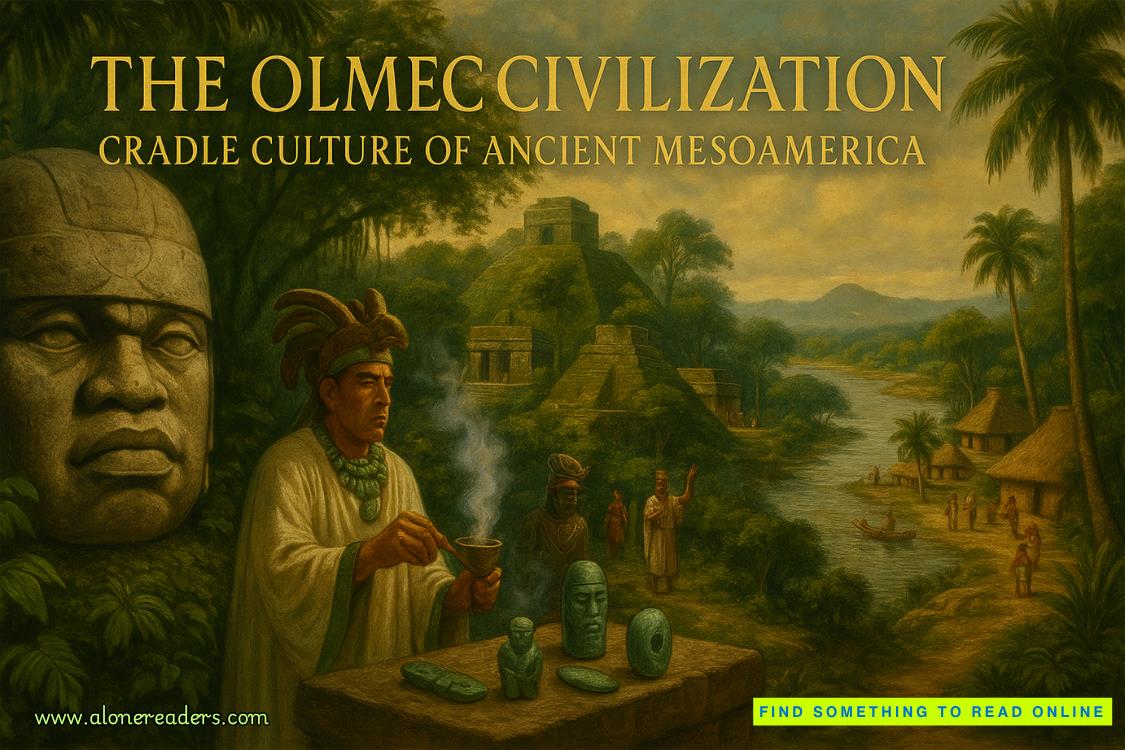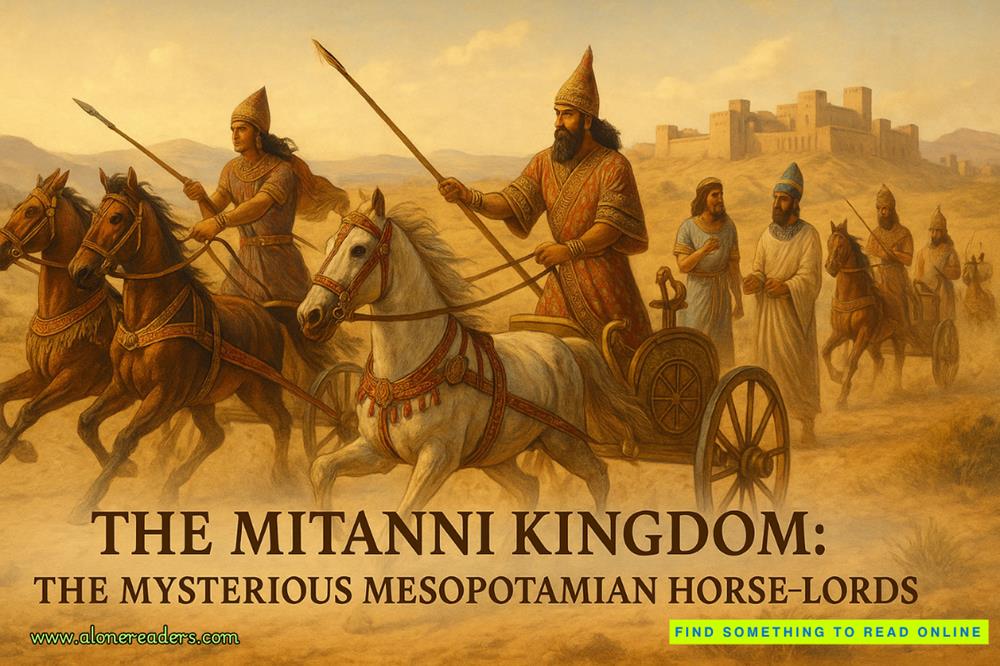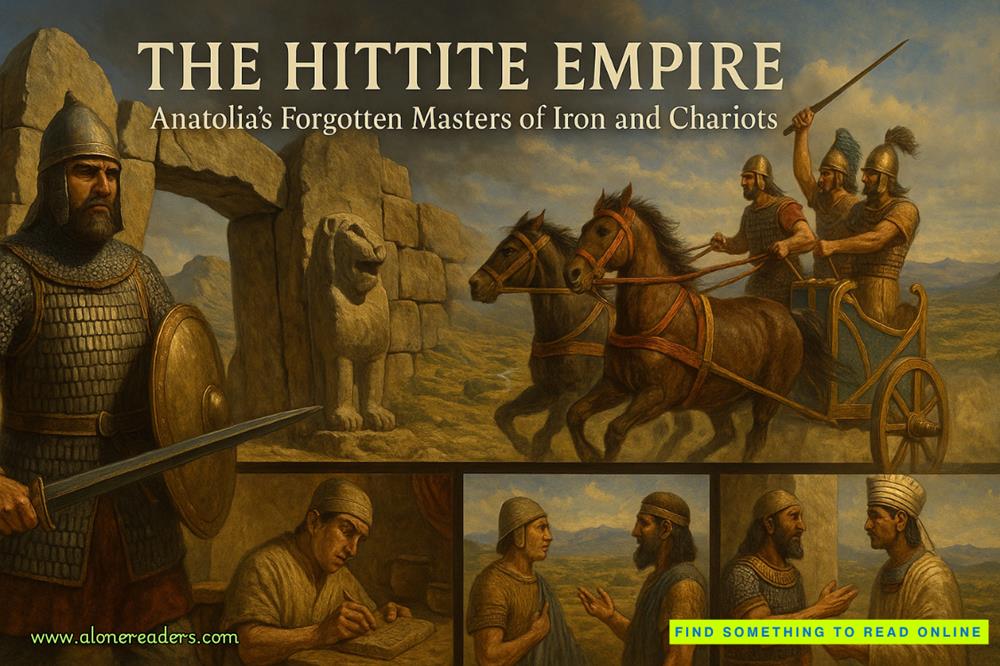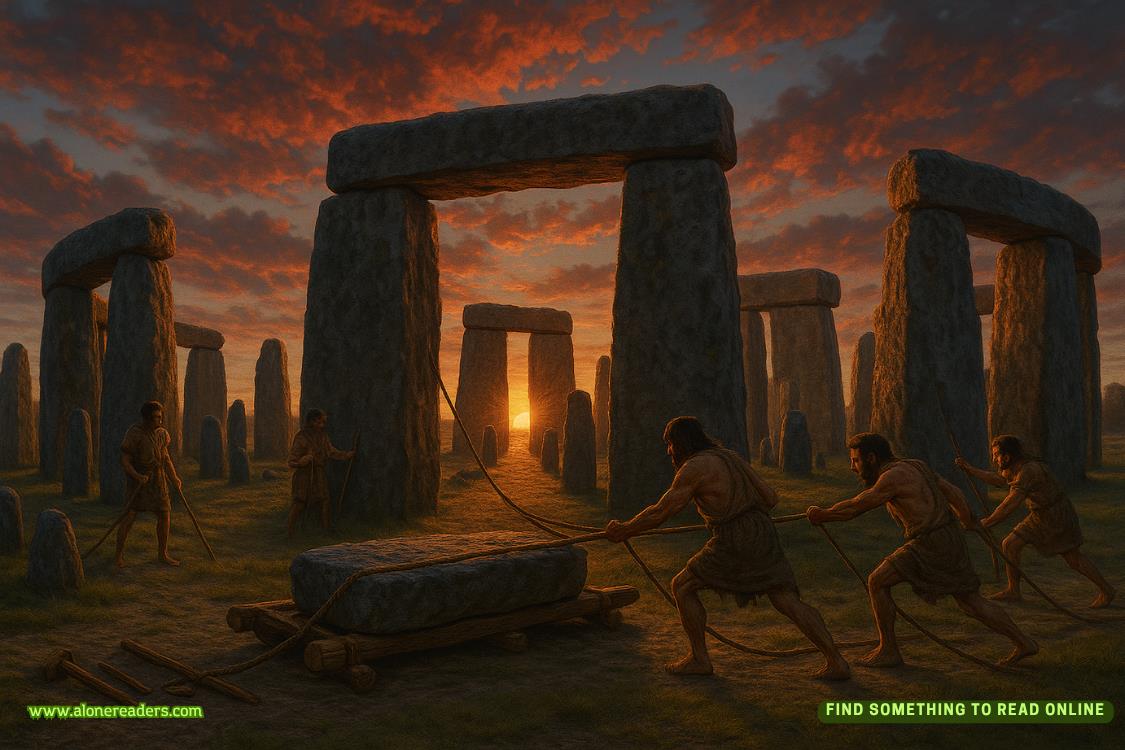Page 81 of Blush
“Before you taste the wine, let’s first turn our attention to the Capri. Now, when it comes to pairing, there are two schools of thought: like with like, or ‘what grows together goes together.’ And then there’s the ‘opposites attract’ approach. For the Sauvignon Blanc, we’re going with the like-with-like: Capri, a pasteurized goat’s milk cheese from Massachusetts. Notice the color: very white and no rind. Goat’s milk is bright white, while cow’s milk is more golden. And you see that in the cheese.” She told the class to taste it, ideally first without the bread. “You’ll note that the flavor is tangy and acidic. And cheese, like wine, is living in the sense that the way the cheese tastes today is different than the way it tasted in the spring.”
She gave them the go-ahead to taste the Sauvignon Blanc and then suggested they try it along with the cheese. “You’ll note that the wine is also acidic. What flavor notes do you detect?”
People raised their hands: Grapefruit. Lime. Grass. She nodded, encouraging them to also smell the wine. “Some of the lightest-colored wines are the most aromatic. The great wine critic and writer Lettie Teague has said that eighty percent of a wine’s ‘flavor’ is actually its aroma. So it is not pretentious to sniff your wine. It’s actually a shame not to.”
She watched Sadie bring the glass to her nose with a smile, a smile that said,I’m learning something.
Leah, feeling in a groove, started to move on to the next pairing, then remembered to ask if anyone had any questions. A woman in the front row raised her hand.
“I’m just wondering: Could you pair this cheese with rosé? Or any of these cheeses? I mostly drink rosé in the summer, so...”
Leah swallowed hard. She felt like the press secretary for a president who’d just invaded a small defenseless country. How should she justify an obviously bad decision?
“You can absolutely pair the Capri with rosé. Hollander Estates is the North Fork’s oldest winery, so the varietals we grow and the wines we sell tend to be on the more traditional end of the spectrum.”
Another hand raised. She realized that at some point, a lone man had made his way into the room. He had slicked-back hair and watched her with sharp blue eyes.
Leah, trying not to look as confused as she felt, acted like he was just any other attendee. “Yes?”
“Is there any difference between wine produced out here and, say, wine produced in the venerable region of Bordeaux?”
He had a heavy French accent: it was the prospective buyer. What was he doing there? She knew he’d visited the day before, and she’d made herself scarce. No one told her he was returning today. But then, neither of her parents had said much of anything last night. Her mother didn’t even make it to dinner, taking to her room with a headache.
Leah took a gulp from the glass of Sauvignon Blanc she’d intended only for display purposes.
“We have more in common with Bordeaux than, say, Napa. Both here and in Bordeaux wine growers can’t take good weather for granted. They have to deal with rain during harvest just as we have the threat of hurricanes—obstacles we both overcome to make beautifully complex wine.”
Great. Now her father wasn’t the only one challenging her. She hoped that after she successfully lobbed his little missive back at him that he’d leave, but he stayed until the end of class. Mercifully, he stayed quiet for the rest of the hour. But as the last of the customers filed out of the room onto the veranda to continue enjoying their wine, he approached her.
“Henri de Villard,” he said, extending his hand. She shook it, and the look in his eyes unnerved her. It was as if he knew something she didn’t.
“Leah Hollander,” she said.
“You don’t look anything like your mother,” he said.
“Pardon me?”
“Excellent class,” he said. “I’m pleased I was able to make it. I do have one small request: for future events, please consult me first about the cheese and wine selections.”
Leah could not believe what she was hearing. Was this guy for real?
“I hate to break it to you, but I answer to my father, Mr. de Villard.”
“Baron,” he said. “That’s Baron de Villard. And I hate to break it toyou, young lady: with the check I’m about to write, your father answers to me.”
Forty-one
Vivian made her way through the crowd, greeting guests and stopping for selfies. Standing in the midst of dozens and dozens of people chatting, drinking, laughing, hearing the sound of corks popping against the backdrop of jazz music, she could almost forget what was happening behind the scenes.
“A little lower so I get you in the frame, Mrs. Hollander,” said a woman adjusting the angle of her phone.
Vivian bent down to get into the shot with a knitting group visiting from Connecticut. Leah had been right to market more aggressively to women on their mailing list, and the outreach to her Bailey’s Blue list had already gotten a twenty-person book club reservation for later in the week.
“Ladies, allow me to help so you can all be in the photo,” a male voice said. A male voice with a French accent.
She whirled around. What was the baron doing there? Leonard hadn’t told her he was coming back today. Was he going to be hovering over their shoulders every minute?
It was hard to believe she had once found him so compelling. Looking back on it, with the superpower of hindsight, she realized that the attraction had been more about what was wrong with herself at the time than what was right about him. Barely out of her teens, she hadtraded her ornamental existence in Manhattan for the promise of something more meaningful with Leonard on Long Island, only to be relegated to ornament once again. Yes, Leonard asked her opinion about some things and she oversaw a household. But she felt, by her thirties, that he took her for granted. And so, she’d let the immediate gratification of being the focal point of a strange man’s attention distract her from what really mattered. She had thought, over the years, that she could not regret it more. The past couple days had proven her wrong.















